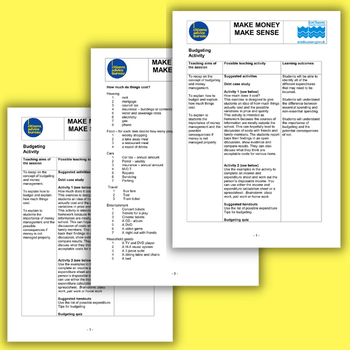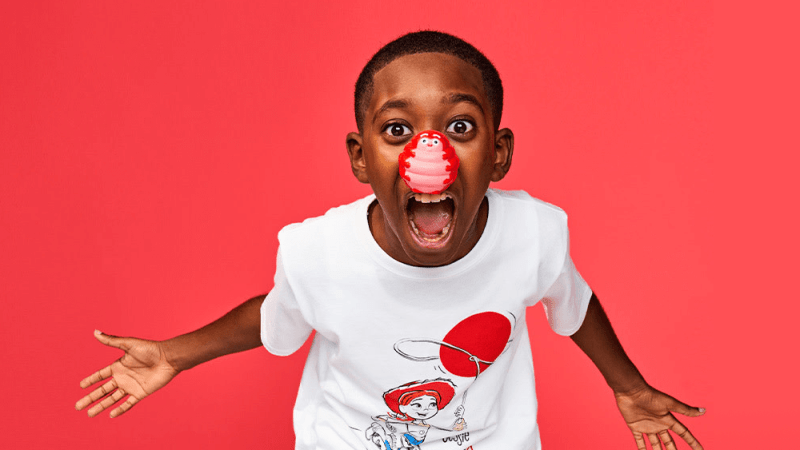Adults only – Could your school have a porn problem?

Hannah Day examines the phenomenon of ‘playground porn’ – the sharing of sexual content via smartphones on school property – and what staff can do to prevent it…

- by Hannah Day

Smartphones and wall-to-wall internet access are here to stay. Unfortunately, their arrival has put instant access to pornographic material within easy reach for practically everyone, including your students.
As teachers, many of us have often worried about the impact this can and is having, but lack the knowledge or confidence to ably support young people as they navigate their way through the sexual images and ideas presented to them by porn.
With the government’s RSE guidelines having received a major overhaul in 2020 – the first in 20 years – now is a great time to consider your school’s existing policies and approaches, and whether they too might need updating.
Limit the influence
Let’s start with the obvious – the kids in your school have seen porn. According to research by the British Board of Film Classification, more than half of 11 to 13-year-old admit to having watched porn, rising to 66% among 14 to 15-year-olds.
This will inevitably influence the views they hold on sex in general, sexual relationships and bodies – both theirs and those of others. Stopping the deluge of pornographic material that so many are now exposed to might not be possible at this stage, but we can at least limit the influence it’s having via appropriate education. To that end, we should train staff, communicate with parents and implement effective, clearly publicised polices in schools.
It’s illegal to show porn to anyone who is below the age of 18. In effect, this makes the showing of any and all pornographic material within your school illegal, though it should be noted that there’s no law currently governing the age at which pornography can be viewed. As such, pupils watching this type of material on their own will most probably be breaking school rules, but not the law.
Open up the conversation
A report by the campaign group Our Streets Now (ourstreetsnow.org) found that RSE provision in school currently tends to focus on the mechanics and dangers of sex, while dedicating very little time to matters of inclusivity, celebrating differences, body positivity, consent and pleasure.
We must be careful that RSE lessons don’t create fear, encourage silence or offer simplistic ‘Just say no’ messages. Instead, we should be prepared to have more honest, yet positive conversations, so that students can genuinely learn about why sex is great, and interrogate what’s meant by ‘normal’ or ‘real’ sex. If not, porn will serve as their main reference.
Yes, we want our students to not contract STIs, and to prevent unwanted pregnancies – but isn’t sex about so much more? We need to confront the fact that young people’s sexuality, rather than developing organically via experience, is now being routinely presented to them, pre-packaged, by an industry whose sole focus is profit, rather than pleasure.
Involve the parents
One key issue we educators face – which is perhaps partly responsible for why the latest ‘statutory’ guidance can feel so vague at times – is parental attitudes. In my experience, most accept the place of sex education, but it’s important that we continue to bring parents into the fold wherever we can.
Do your students’ parents know what you teach? Are they aware of the nature and ready availability of online porn, its potential impact on young people and what they can do about it? Do they feel confident and comfortable talking to their children about sex-related matters, so that they can back up and support your endeavours?
I’ll often invite parents in, allow them to see the content we’re using, help them understand its purpose and importance and answer any questions. This isn’t just about what schools can do, but about how schools can work effectively with homes and families.
Is there a member of staff who might be able to offer training for parents on how to talk to their children? It can be helpful to emphasise the importance of starting early, being open and answering their children’s questions honestly.
Clarify the context
With trained and informed staff and parents in place, you can start work on implementing a new programme. Ensure that all polices have been consulted on and refined, make staff aware of what the expectations are, and be clear as to the educational approach you’ll be taking when talking to students about the topic of sexual representations and imagery.
Bear in mind that this exercise doesn’t just concern pornography in itself, but also the attitudes and behaviours that exist around sex, sexuality and gender. The latter should all form part of a wider school initiative aimed at fostering positive and inclusive sex education.
Where possible, consult with specialists. Is there a relevant charity operating in your local area, an experienced colleague, or even a psychosexual therapist via your local NHS that could help you? These parties will offer informed insights and clarity, where teaching staff may feel uncomfortable. They will also be used to answering a wide range of questions in ways that students will respond well to.
Focus on helping students understand that sex per se isn’t wrong, but that context and consent is vital for distinguishing between what is acceptable and unacceptable sexual behaviour. In tandem with this, the school should have clear polices in place concerning what will happen if unacceptable behaviour does occur.
Set the bar for behaviour
Ofsted’s 2021 review into sexual abuse in schools makes for sober reading, and contains some startling statistics – such as how ‘90% of girls and nearly 50% of boys’ have been sent explicit pictures or videos either ‘a lot, or sometimes’.
Educating our students about what’s acceptable will only work if we act when unacceptable behaviour occurs. Sanctions need to be agreed within the school and followed to the letter, with parents informed as needed.
The bar for unacceptable behaviour and sanctions should be made known to all staff, students and parents via a clear set of guidelines that can be easily followed. A flow chart displayed around the school and kept in offices and staff rooms can convey key information in a simple and practical way that enables staff to act quickly.
As laws continue to catch up with modern behaviours, our polices must also be regularly reviewed. We all want more for our students, and to stem the invasion of sexual imagery into our schools, with all the changes in behaviour it entails. But to do that, we must be ready and able to talk honestly and openly to our young people, so that they can develop for themselves those fulfilling and consensual adult relationships that will become the bedrock of their adult lives (and in turn produce the next generation for us to teach).
Life, and indeed sex, really is beautiful. Let’s help our students to discover that in their own way.
Student Experience: “They only focused on porn addiction”
“In secondary school, the only time we ever got told anything about porn would be during assembly. It made us feel awkward because, well, it’s a bunch of early teenagers learning about porn.
They’d barely scratch the surface as to what it’s really like. They didn’t talk about the actual porn, ever – they only focused on porn addiction, which was good to know about early, but I feel they could’ve talked about the other issues.
For example, in my year group there were a lot of non-straight people, and I feel as if that made them extremely uncomfortable in that situation.
My school’s only approach was to drift us completely away from watching porn. As for the impact on me, I’d say it definitely made me a lot more cautious about what I’m doing online. Other than the fact that my friends talked about porn websites and videos, I was lucky and never made to feel as though I needed to watch anything.”
Hannah Day is head of visual arts, media and film at Herefordshire and Ludlow Sixth Form College, where she has responsibility for overseeing the department’s teaching and strategic development











